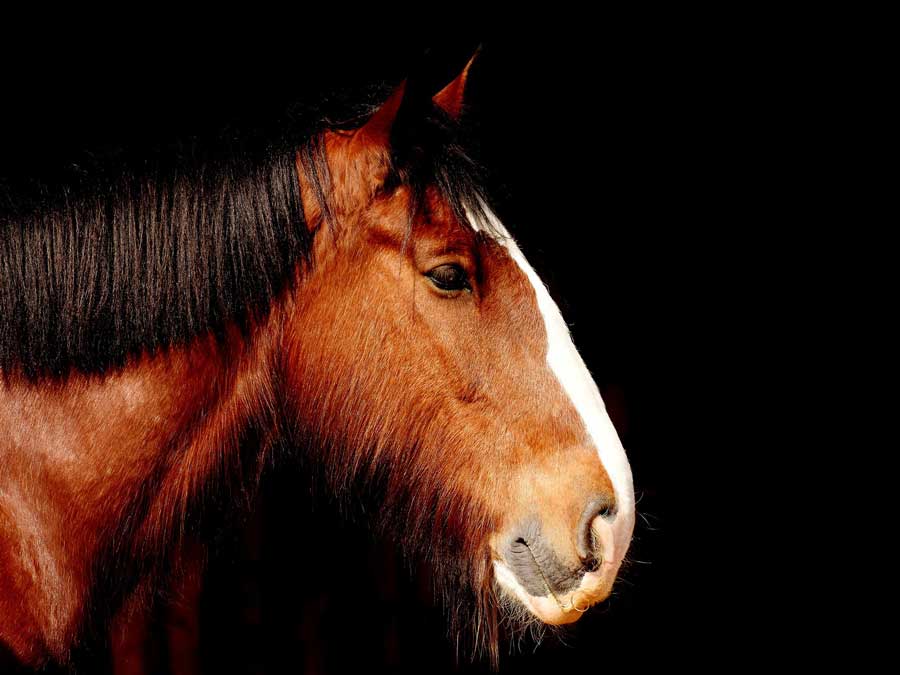I am sometimes asked what the difference is, between counselling, or therapy, and coaching. The answer to this question could be long and detailed, but one of the fundamental differences is to do with perception. There is a general perception that the therapist is an expert in whatever the person is choosing to consult about. The person comes looking for answers to things they feel are holding them back, hoping that a therapist will be able to provide them with those answers, thereby unblocking the situation, or ‘fixing’ the person.
In coaching, however, the central underpinning belief is that the person being coached does not need ‘fixing’, but is ‘whole, resourceful, capable and creative’. The coach, therefore, sees the client as the informed expert in his or her own life. The logic goes that if, therefore, a whole, resourceful person is capable of their own insights; the co-creative coaching process empowers them to make changes themselves and shift any ideas that are holding them back.
Coaching is a co-creative process.
The client is encouraged to map out his or her own life, setting out powerful goals for the future. The support that is offered by a co-creative process means that so much more can be achieved than by working through things alone. This is beautifully illustrated by Lyssa Danehy deHart in her book StoryJacking:
A beautiful shire horse can pull a little under 700 kilos. If you need to pull more weight than that, you add a second shire horse that can also pull 700 kilos. So, we assume that together, they will be able to pull around 1400 kilos. They can, but there is also the influence of psychology. This means that together, they can actually pull over 2000 kilos.
Because something incredible happens when animals work together; they are empowered and benefit from teamwork.
Interestingly, if horses have trained together and developed their relationship, they can pull more and faster.
The support that is offered through a co-creative coaching process, therefore, allows the client to achieve more and go faster than they could if they were alone.

